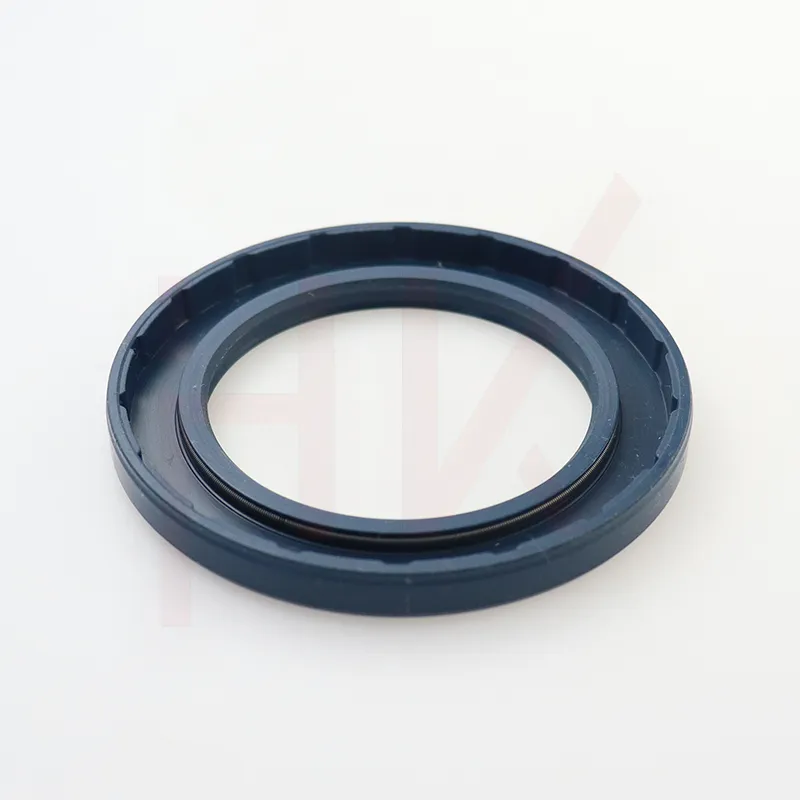វិច្ឆិកា . 30, 2024 07:57 Back to list
hydraulic cylinder seal kit replacement
Hydraulic Cylinder Seal Kit Replacement A Comprehensive Guide
Hydraulic systems are integral to many industrial applications, leveraging the power of hydraulics to perform tasks that require significant force. Central to the functionality of these systems are hydraulic cylinders, which convert hydraulic energy into mechanical work. However, one common issue that operators face is the degradation of seal kits within these cylinders. A timely replacement of the hydraulic cylinder seal kit is essential to maintain the efficiency and effectiveness of hydraulic systems. In this guide, we will explore the importance of seal kits, signs of wear, steps for replacement, and tips for maintenance.
The Importance of Hydraulic Cylinder Seal Kits
Hydraulic cylinder seal kits are designed to prevent the leakage of hydraulic fluid, which is crucial for maintaining pressure and ensuring the cylinder operates efficiently. These seals also protect internal components from contaminants such as dust and debris, which can lead to mechanical failure. Over time, seals can wear due to factors such as temperature fluctuations, chemical exposure, and mechanical stress. When seals fail, it leads not just to leaks but also to decreased performance, increased energy consumption, and potential damage to the cylinder itself.
Signs of Wear in Hydraulic Seals
Recognizing the signs of seal wear is crucial for timely intervention. Some common indicators include
1. External Leakage This is perhaps the most obvious sign of seal failure. Fluid leaking from the cylinder indicates that the seals are no longer functioning effectively.
2. Reduced Performance If the hydraulic cylinder is not providing the expected force or speed, it may be struggling due to compromised seals.
3. Increased Cyclical Time If the time taken for the cylinder to extend and retract increases, it may indicate internal leakage, which could be a direct result of faulty seals.
4. Unusual Noises Grinding or hissing noises when the cylinder operates could be a symptom of a seal issue, as air may be entering the system through worn seals.
5. Fluid Contamination If you notice contamination in the hydraulic fluid, it could be due to external contaminants entering through damaged seals.
Steps for Hydraulic Cylinder Seal Kit Replacement
hydraulic cylinder seal kit replacement

Replacing a hydraulic cylinder seal kit is a task that can often be performed in-house, provided you have the right tools and a bit of mechanical knowledge
. Here are the steps involved1. Preparation Ensure the hydraulic system is powered down and depressurized. This can usually be done by disconnecting the power source and relieving any pressurized fluid.
2. Disassembly Carefully remove the hydraulic cylinder from its mounting. Using appropriate tools, disassemble the cylinder to access the seals. Take care to note the arrangement of parts for easier reassembly.
3. Inspection Before installing new seals, inspect the cylinder components for any damage or excessive wear. Clean all parts thoroughly to remove old grease and contaminants.
4. Seal Replacement Remove the old seals from their grooves. It’s critical to use the correct replacement seals that match the specifications of your hydraulic cylinder. Install the new seals carefully, ensuring they are seated properly to avoid leaks.
5. Reassembly Reassemble the cylinder in the reverse order of disassembly. Make sure that all bolts and screws are tightened to the manufacturer's specifications.
6. Reinstallation Reinstall the hydraulic cylinder back into its original position. Connect it to the hydraulic system and ensure all connections are secure.
7. Testing Once everything is reassembled, power up the hydraulic system and test the cylinder operation. Monitor for any leaks and assess performance to ensure everything is functioning as expected.
Maintenance Tips for Prolonging Seal Life
To extend the life of your hydraulic cylinder seals, consider the following maintenance tips
- Regular Inspections Schedule routine checks to identify wear before it leads to significant issues. - Keep it Clean Ensure that the working environment is clean and free of contaminants that could enter the hydraulic system. - Fluid Quality Use high-quality hydraulic fluid that matches the system requirements to avoid chemical reactions that can degrade seals. - Avoid Overloading Operating the cylinder beyond its capacity can lead to excessive wear on seals and other components.
In conclusion, replacing hydraulic cylinder seal kits is a vital part of hydraulic maintenance. By recognizing the signs of wear and following a systematic replacement procedure, operators can ensure optimal performance and longevity of their hydraulic systems. Regular maintenance and inspections will further help in avoiding costly repairs and downtime in the future.
-
TCN Oil Seal Metal Ring Reinforcement for Heavy Machinery
NewsJul.25,2025
-
Rotary Lip Seal Spring-Loaded Design for High-Speed Applications
NewsJul.25,2025
-
Hydraulic Cylinder Seals Polyurethane Material for High-Impact Jobs
NewsJul.25,2025
-
High Pressure Oil Seal Polyurethane Coating Wear Resistance
NewsJul.25,2025
-
Dust Proof Seal Double Lip Design for Construction Equipment
NewsJul.25,2025
-
Hub Seal Polyurethane Wear Resistance in Agricultural Vehicles
NewsJul.25,2025
-
The Trans-formative Journey of Wheel Hub Oil Seals
NewsJun.06,2025
Products categories
















